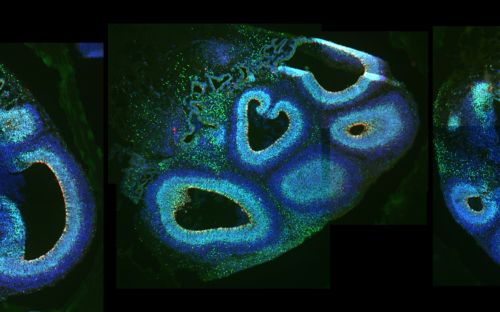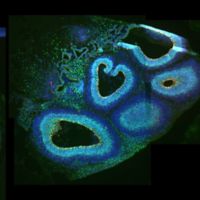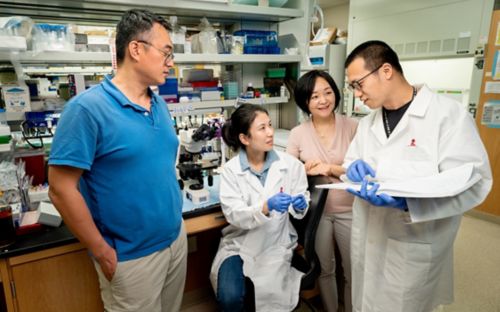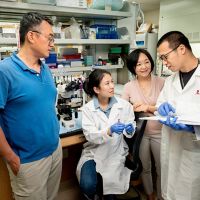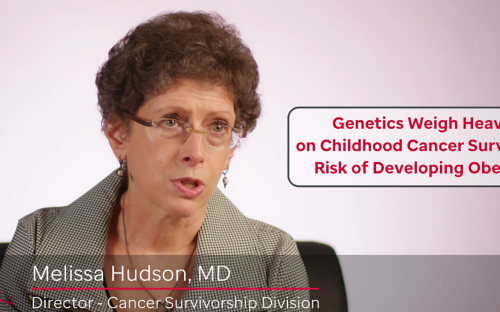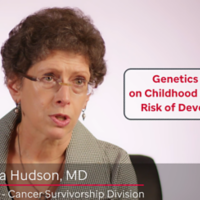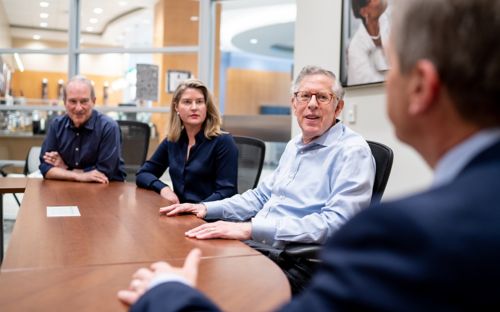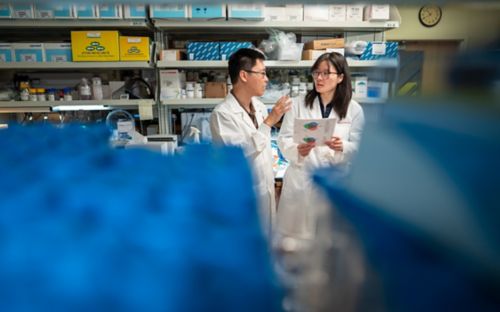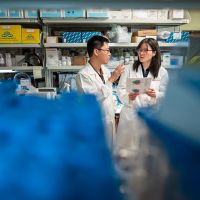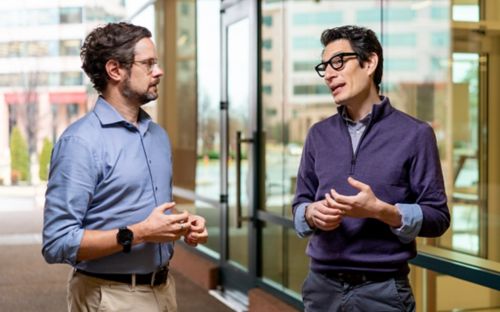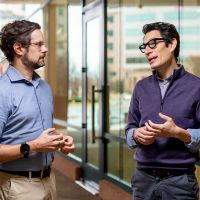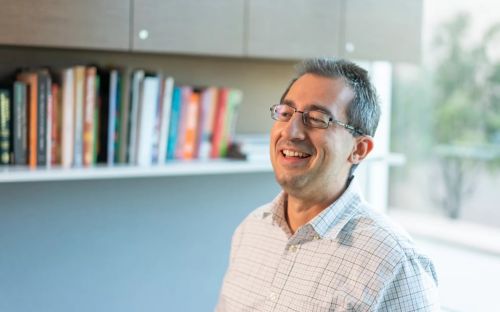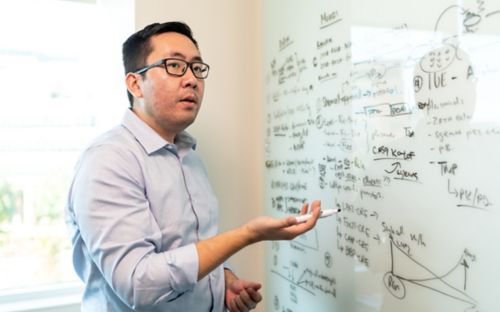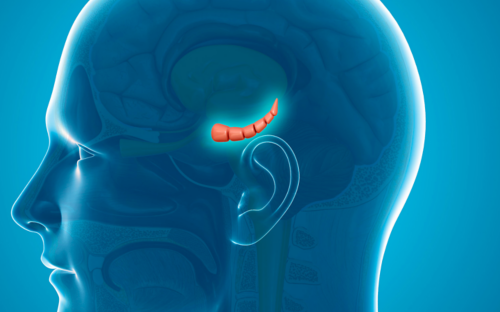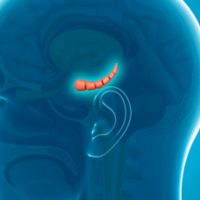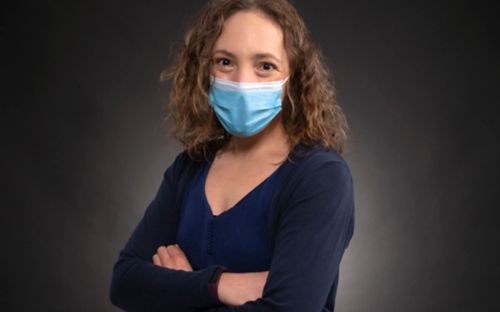St. Jude Family of Websites
Explore our cutting edge research, world-class patient care, career opportunities and more.
St. Jude Children's Research Hospital Home

- Fundraising
St. Jude Family of Websites
Explore our cutting edge research, world-class patient care, career opportunities and more.
St. Jude Children's Research Hospital Home

- Fundraising
Research
Learn about published research as well as leading-edge basic and translational research initiatives from St. Jude laboratories.
CDK6: A well-known kinase commits a new ‘crime’ connecting outer radial glia to microcephaly
Microcephaly is a rare neurodevelopmental condition in which a baby’s head is much smaller than expected because the brain did not develop properly or stopped developing during pregnancy. St. Jude researchers identified cells in the outer radial glia in the developing brain that play an important role in microcephaly.
Environment helps fuel hepatoblastoma in premature infants
The incidence of pediatric and adult liver cancer is increasing worldwide. Research suggests how premature birth may influence the risk for children.
It’s in the genes: research reveals obstacles on the road to health for cancer survivors
St. Jude scientists are leading research into the genetics of childhood cancer survivorship to understand and prevent the risk of chronic disease in survivors.
Two Years of the Pediatric Translational Neuroscience Initiative
St. Jude initiative aims to change the outlook for children with catastrophic neurological diseases.
T cells are key to maintaining cancer remissions from chemotherapy
Stimulating the adaptive immune response can improve outcomes for ALL treated with chemotherapy.
St. Jude researchers answer COVID questions
St. Jude research has advanced understanding of the immune response to SARS-CoV-2 infection and vaccination. Here is what the findings mean for you.
Research points to a way to reduce cachexia, a cancer-induced muscle wasting disorder
Muscle signaling provide clues for treatment of the muscle-wasting disorder cachexia, which affects cancer patients.
Metabolic processes may yield a new therapeutic window for hard-to-treat brain tumors
In his laboratory at St. Jude, Stephen Mack, PhD, is researching how metabolic and epigenetic pathways might be perturbed to help treat DIPG, a lethal childhood brain tumor.
St. Jude symposium to focus on hippocampus imaging in childhood cancer patients and survivors
St. Jude Children’s Research Hospital’s Department of Diagnostic Imaging is hosting their 3rd Annual Scientific Symposium, “Imaging Structure and Functions of the Hippocampus” on February 25.
Pain may be a risk factor for learning problems in childhood cancer survivors
Researchers are focusing on treatment-related pain as another way to reduce the risk of learning and memory problems in survivors of childhood leukemia.
